(NLDO) - A series of intermarriages between Homo sapiens ancestors and another species occurred continuously from 50,500 - 43,500 years ago in Asia and Europe.
According to Discover Magazine, a new study shows that our Homo sapiens ancestors mating with other humans of the Neanderthal species was common over a much longer period of time than previously thought: as long as 7,000 years.

The presence of other species ancestors in human history remains a mystery - Illustration AI: Thu Anh
Two collaborative studies - including a team of researchers from the University of California at Berkeley (USA) and the Max Planck Institute for Evolutionary Anthropology (Germany) - analyzed 59 genomes from ancient people who lived in Europe, West Asia and Central Asia about 2,000-45,000 years ago.
In addition, they also analyzed the genomes of 275 modern people for comparison.
The results, published in the journal Science, reinforce the timeline of interbreeding between our ancestors and Neanderthals, a species of the same genus Homo that became extinct more than 30,000 years ago.
It is estimated that these interspecies "marriages" occurred sporadically in many regions of the Eurasian continent over the course of seven millennia, from about 50,500 to 43,500 years ago.
Thus, the DNA of other ancestors has penetrated the Homo sapiens community more often and more deeply than we once thought.
This helps explain the 1-2% presence of heterologous genes from this ancient human species in the genomes of modern humans living in Eurasia, alongside heterologous genes from other species.
The relative degree of introgression varies in different regions of the continent, depending on how often and how often groups of the two species accidentally met and interbred in that region, as well as the impact of interbreeding with other species.
For example, East Asians have about 20% more genes from other ancestors than Europeans or West Asians.
The relationship between this ancient species and humans has produced fascinating genetic results that remain to this day. But there is another chapter to this story that researchers are still exploring.
The role of Denisovans, another ancient human species whose DNA is widely present in Southeast Asian populations and in small numbers in Pacific island nations, also needs further study.
These will help us understand more about the full range of migrations and genetic interactions of Homo sapiens, as well as consider the physical differences that species genes may bring to each community.
Source: https://nld.com.vn/phat-hien-soc-ve-to-tien-khac-loai-cua-nguoi-dan-a-au-196241214083654647.htm


![[Photo] Vietnam team's strength guaranteed for match against Laos](https://vstatic.vietnam.vn/vietnam/resource/IMAGE/2025/3/24/1e739f7af040492a9ffcb09c35a0810b)
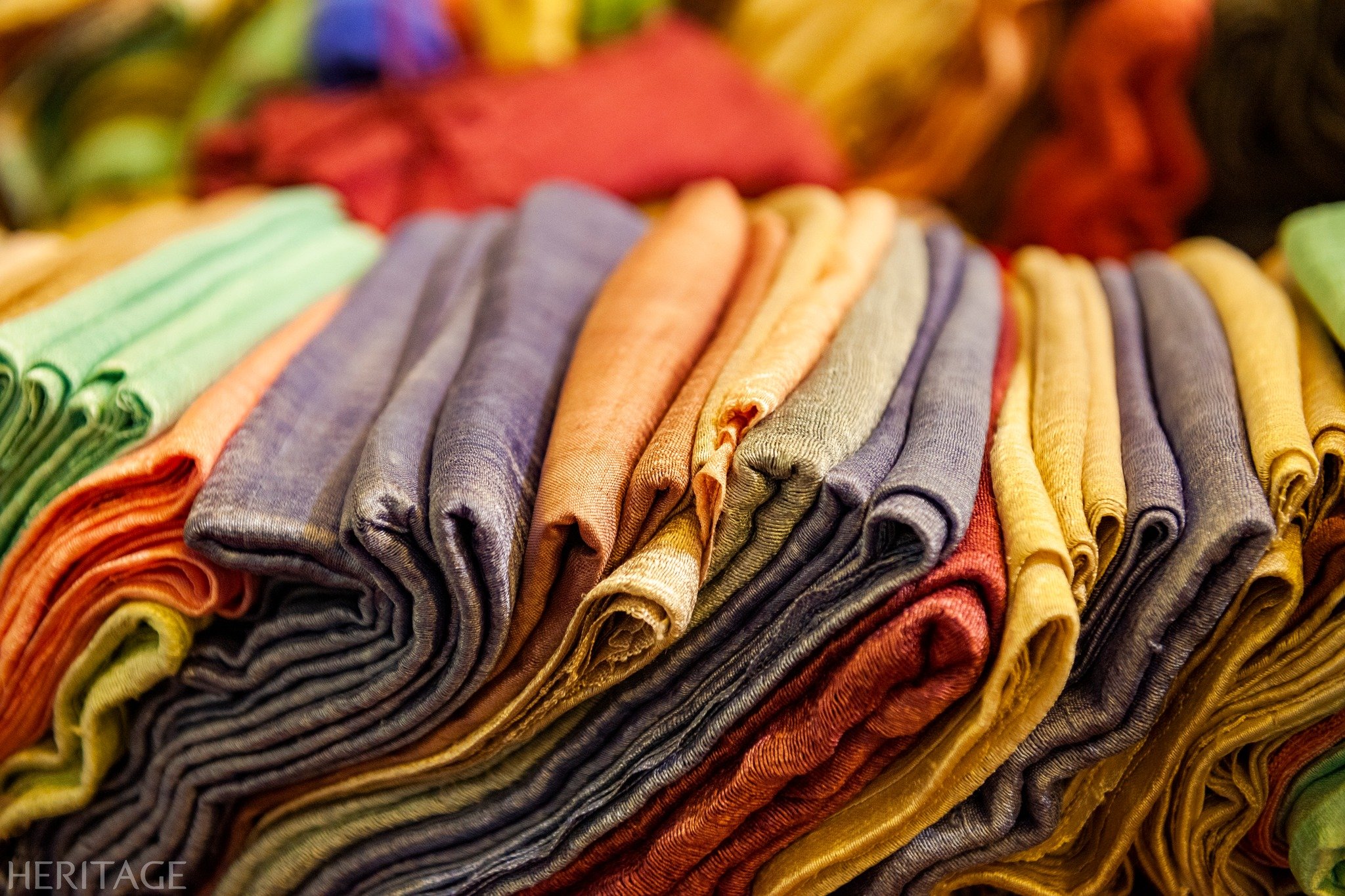

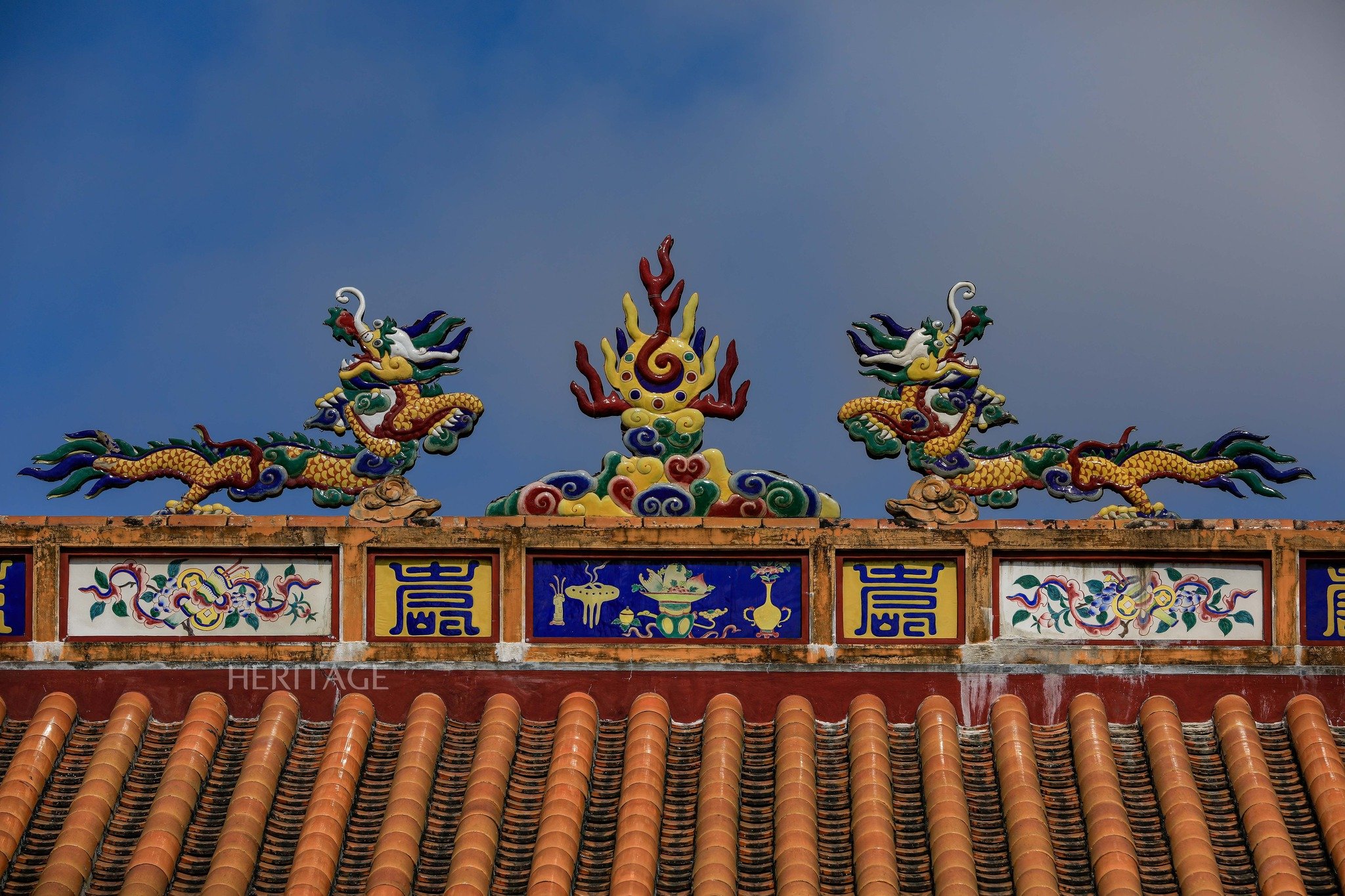
![[Photo] Editor-in-Chief of Nhan Dan Newspaper Le Quoc Minh receives the delegation of Nhan Dan Daily](https://vstatic.vietnam.vn/vietnam/resource/IMAGE/2025/3/24/a9ac668e1a3744bca692bde02494f808)
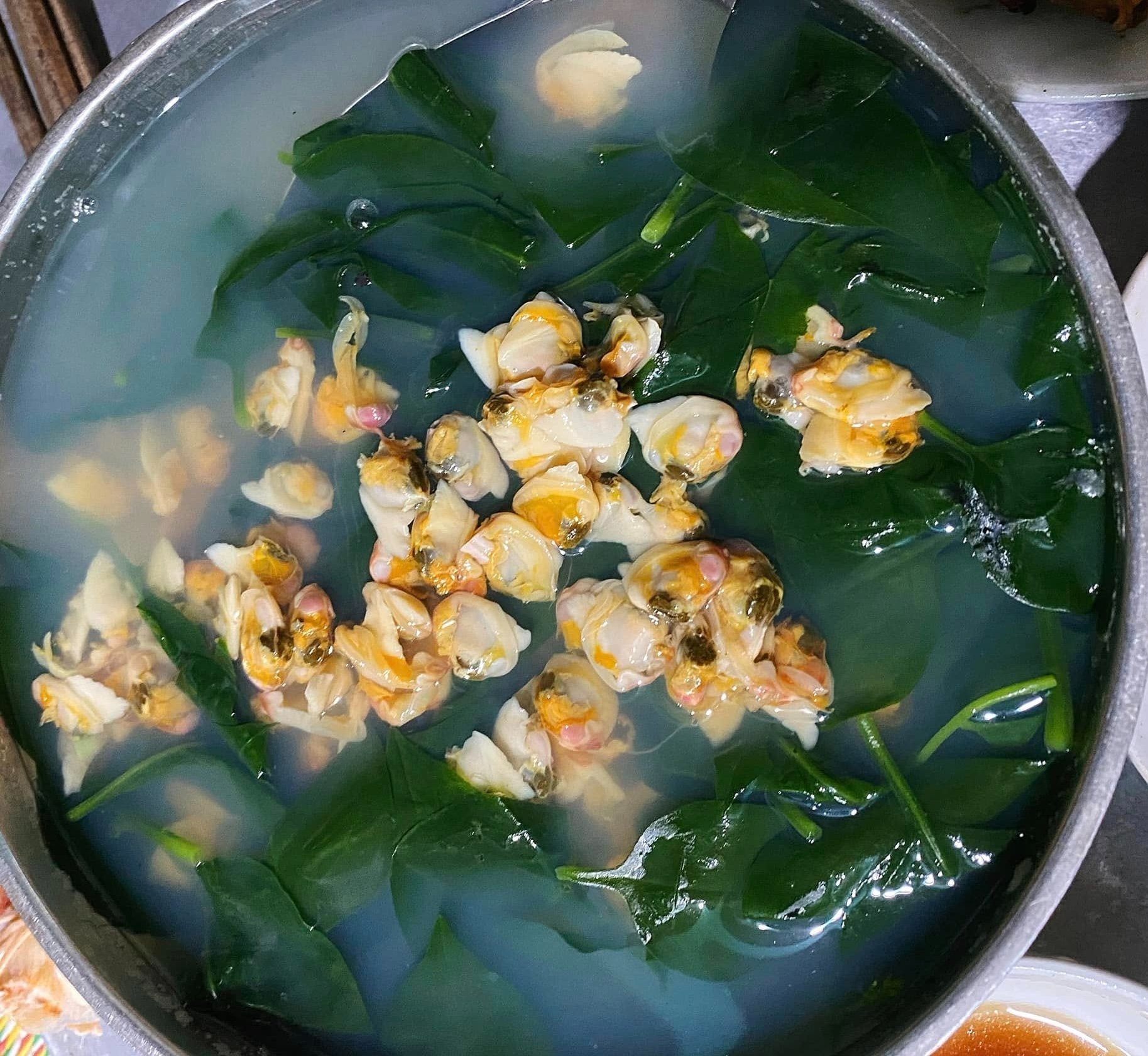
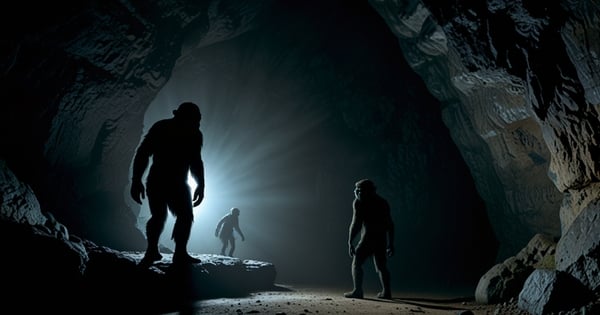
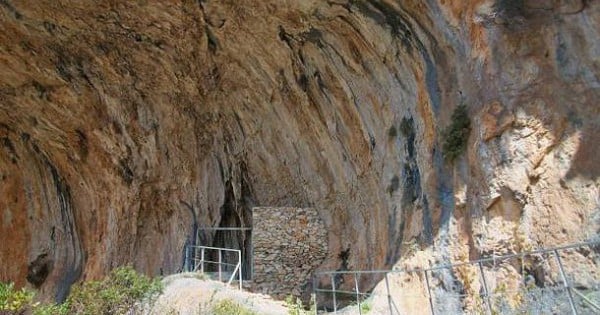
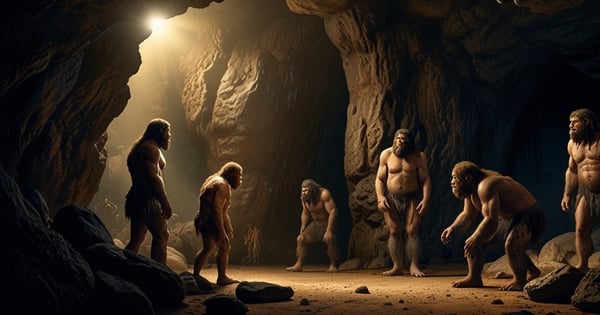
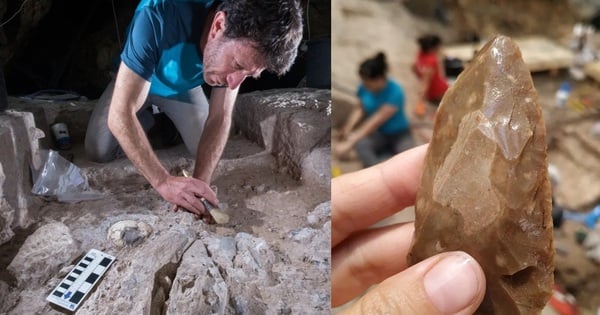
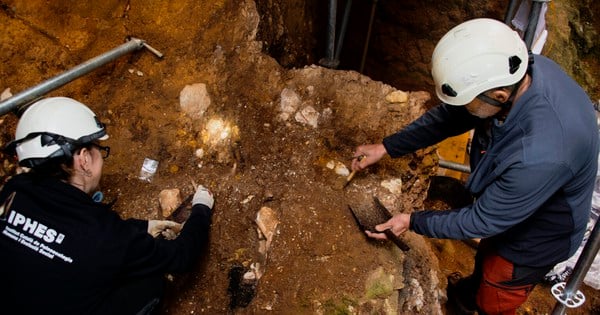
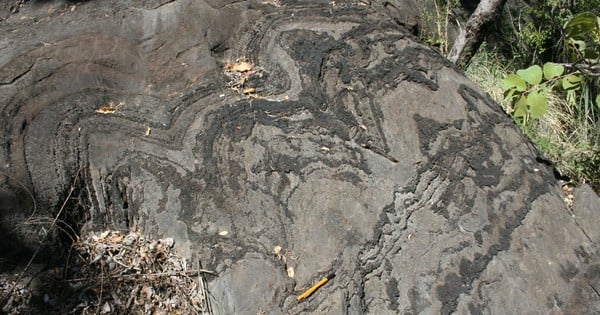
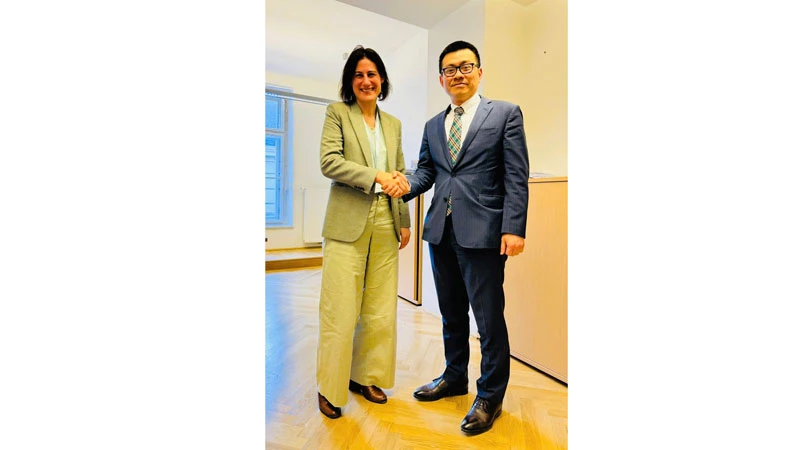



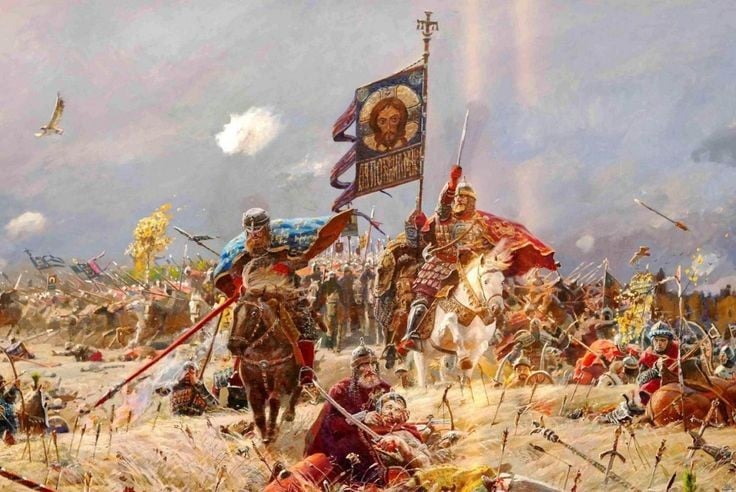
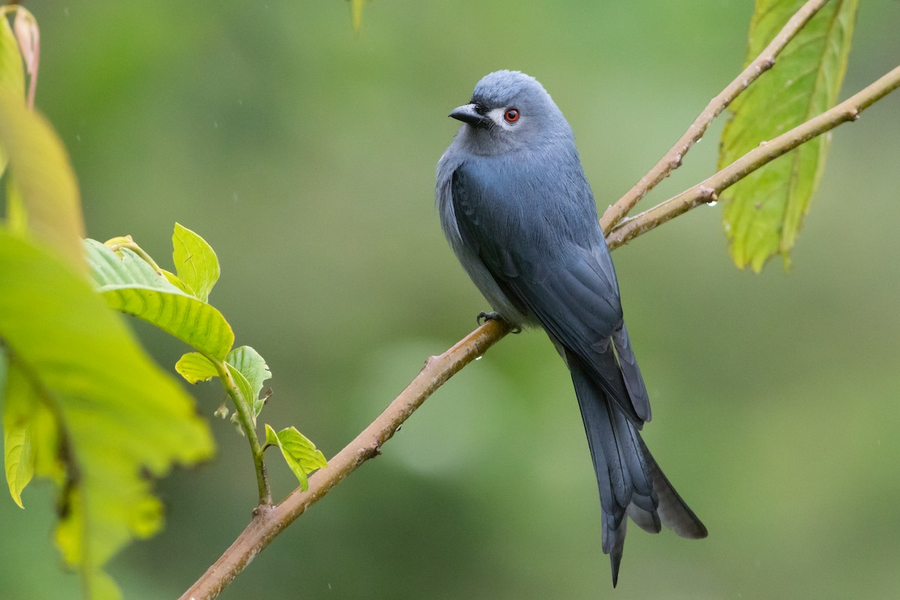





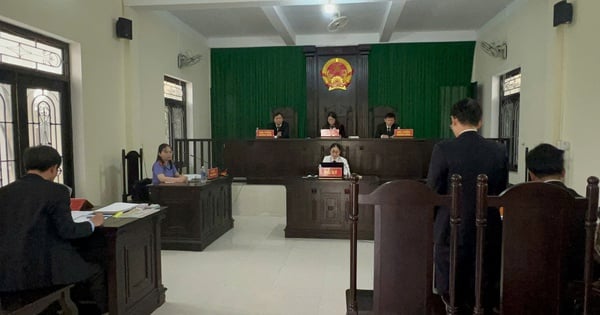


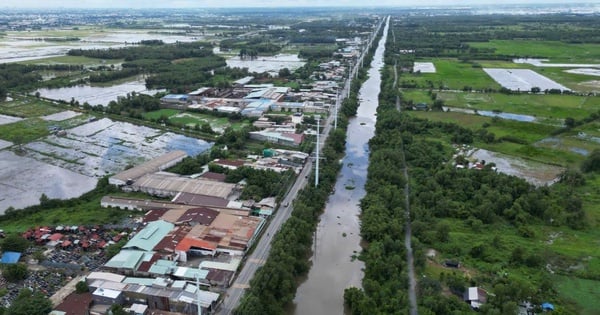
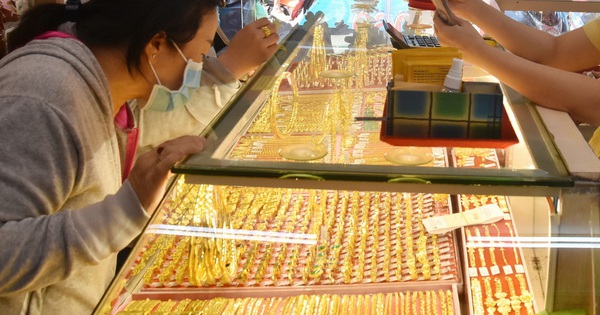
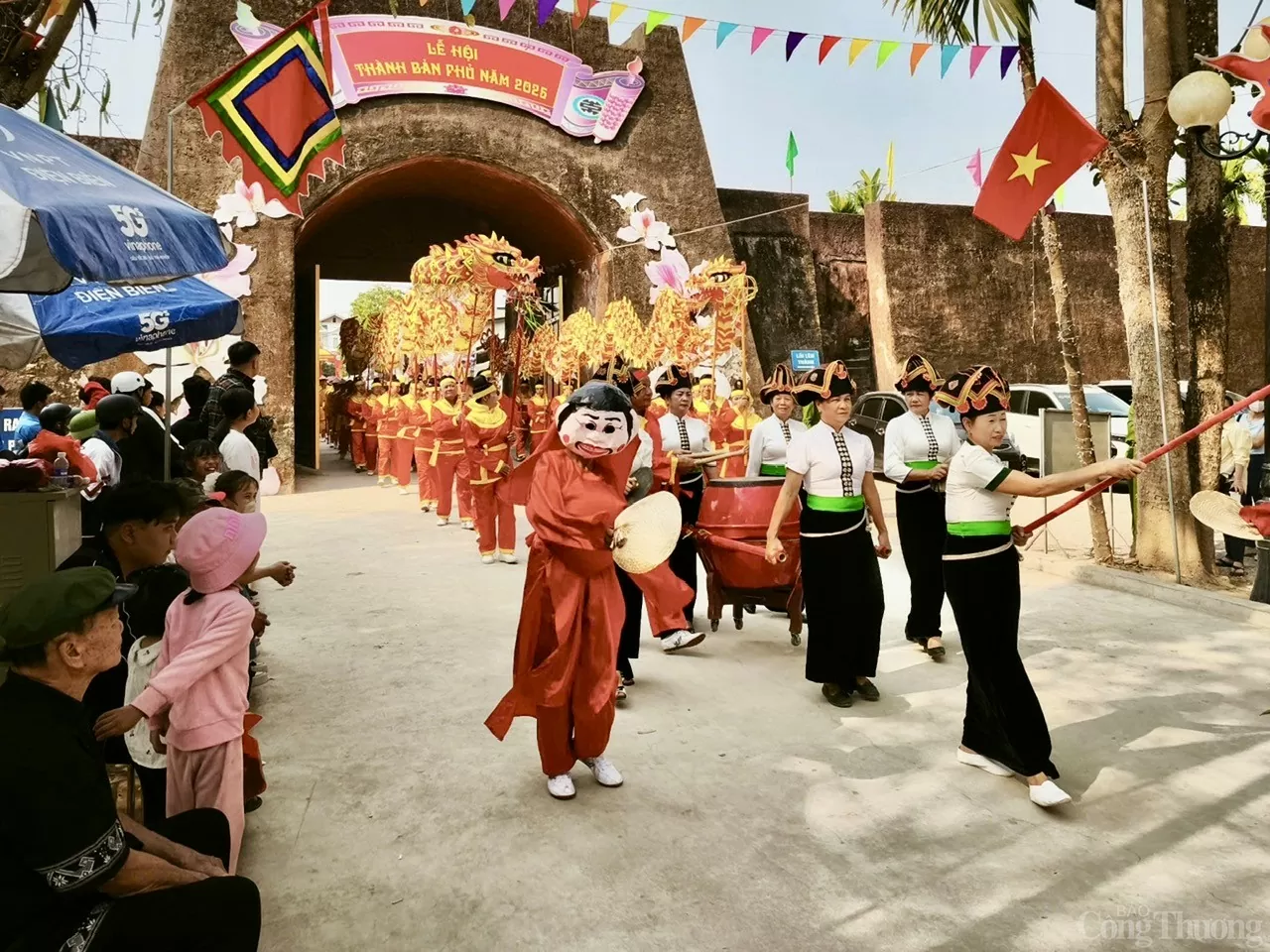

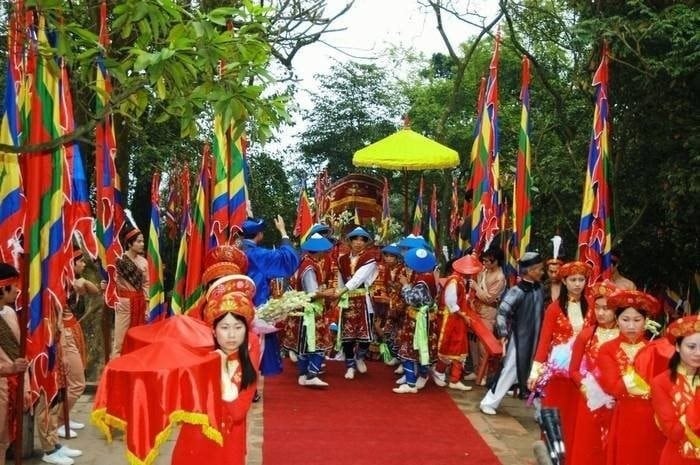

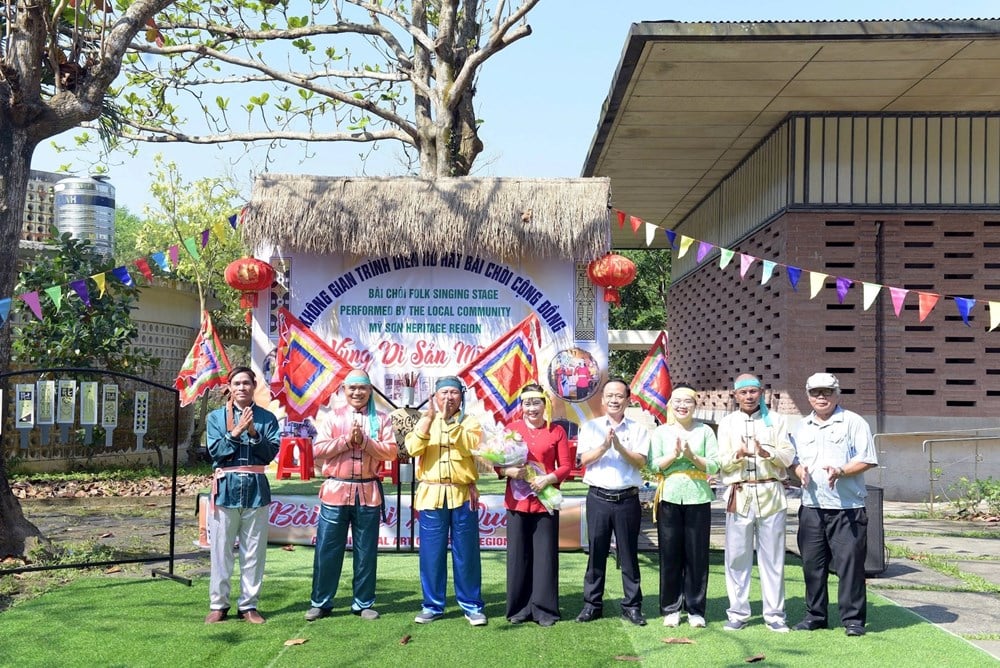




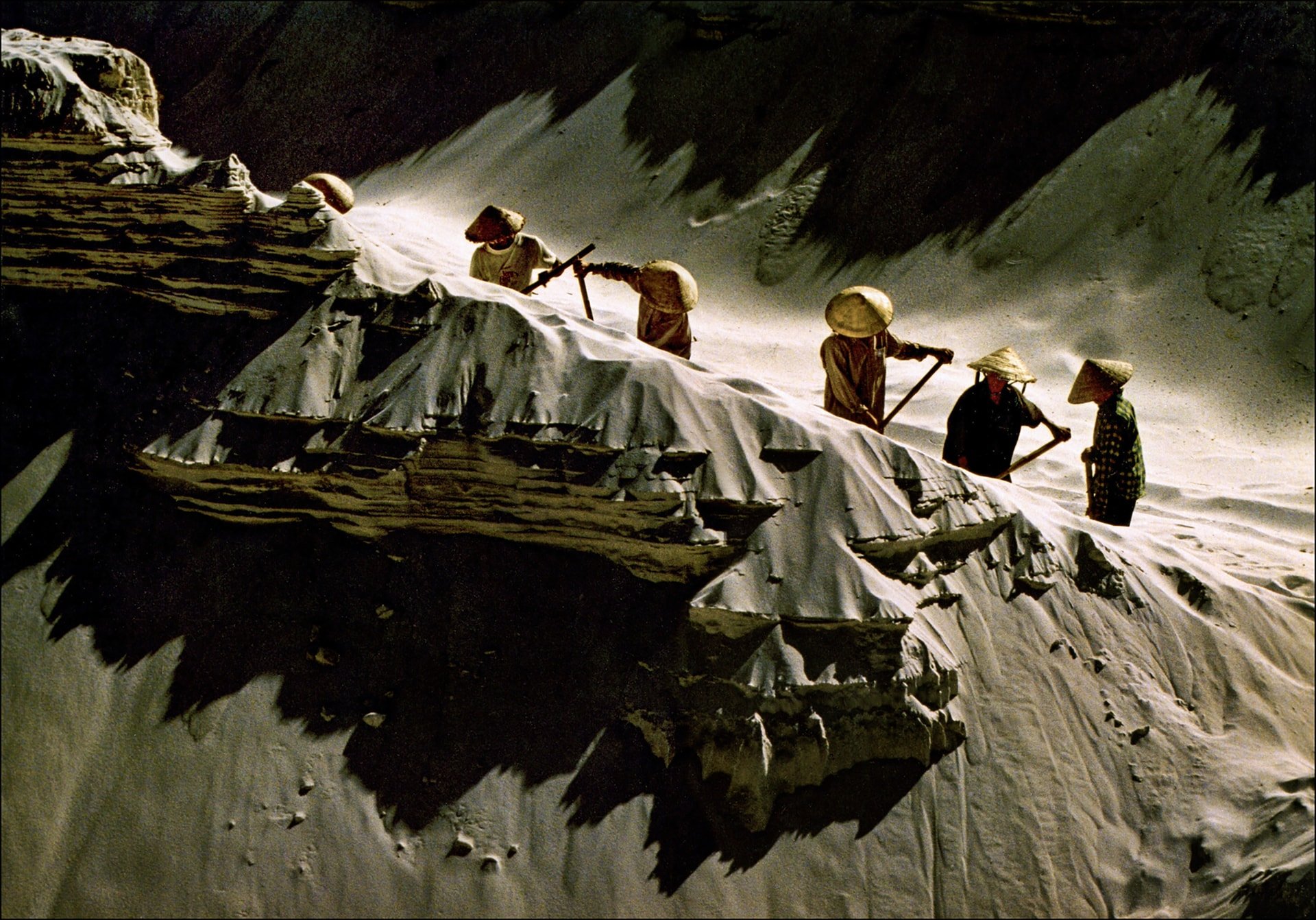

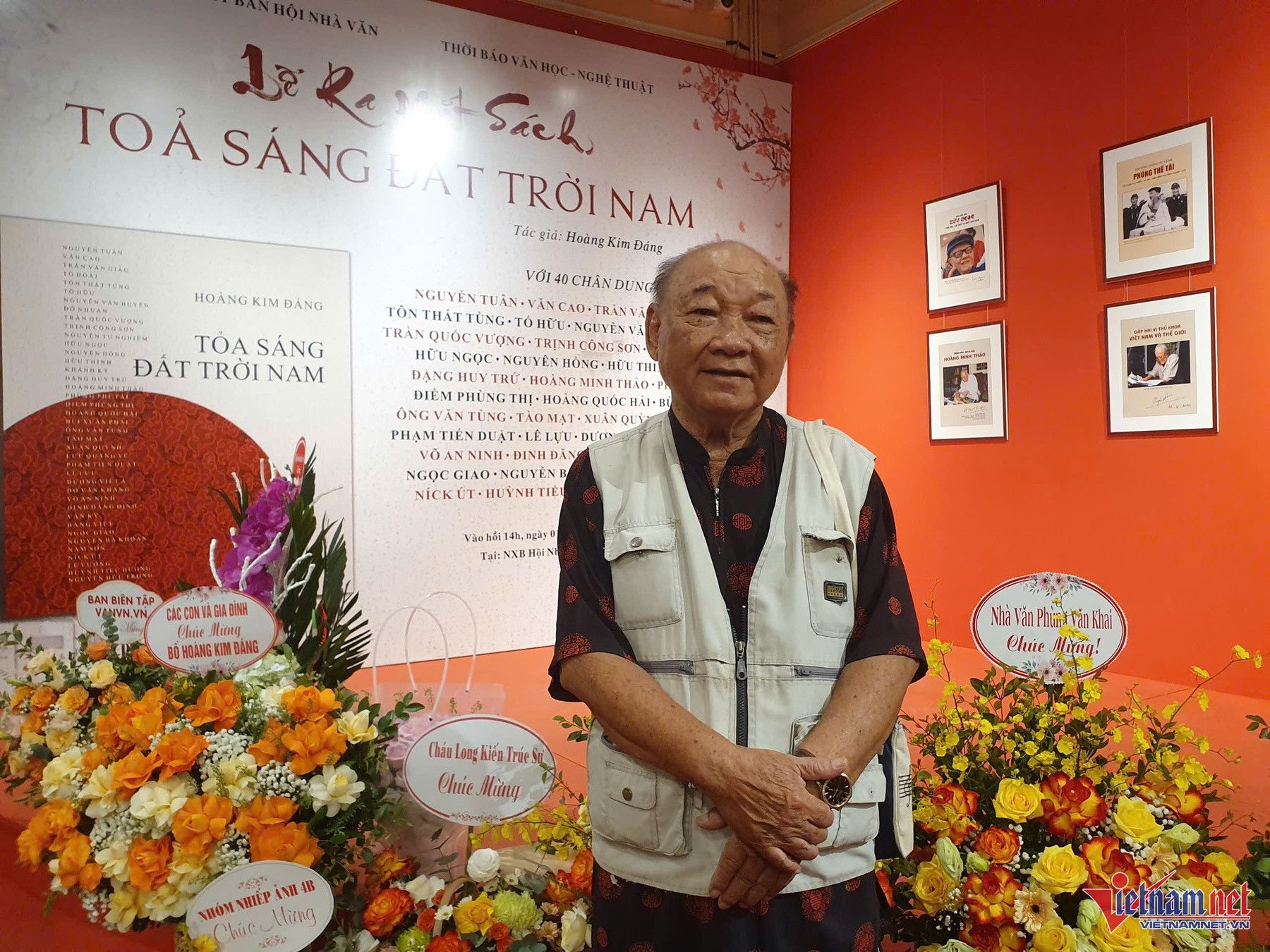
















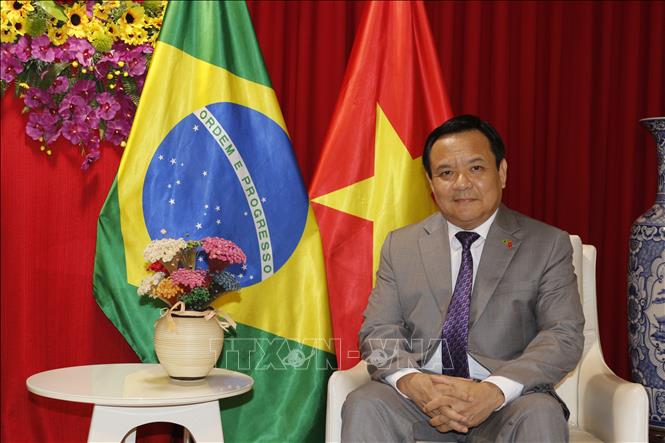










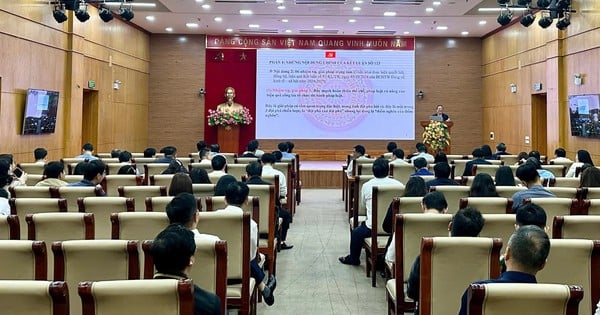


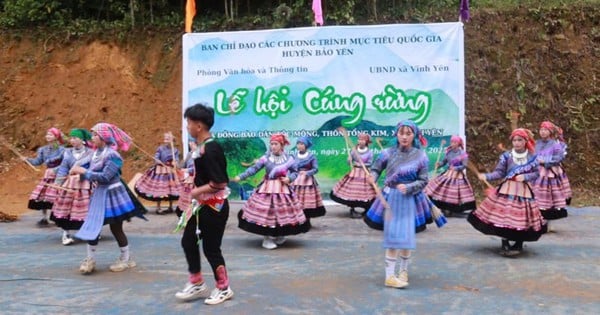


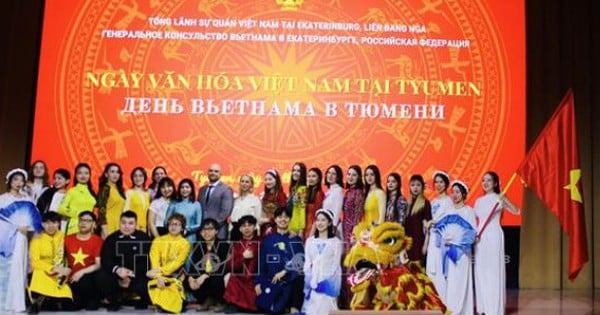
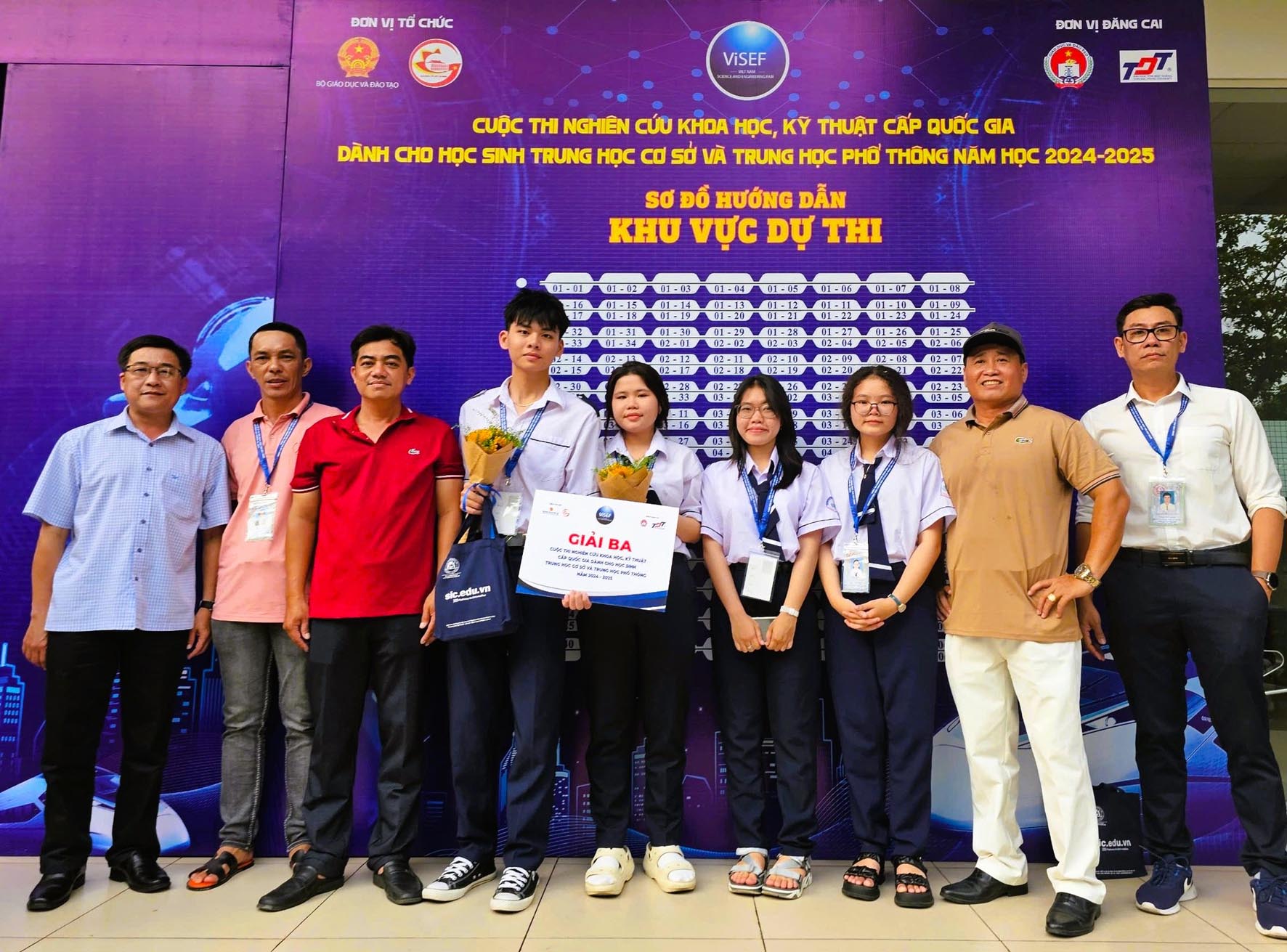
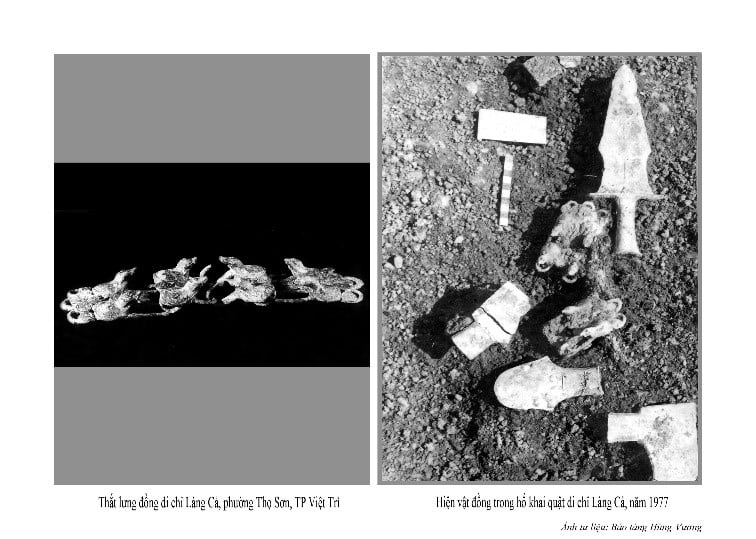
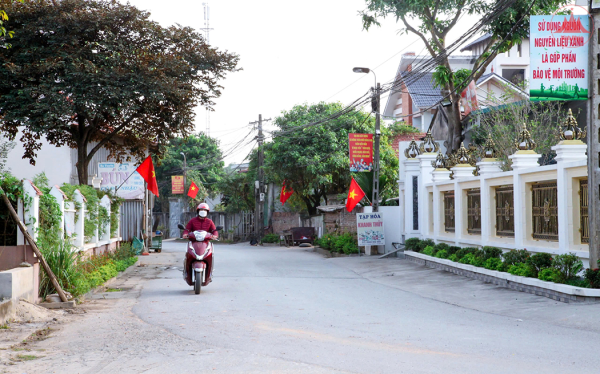

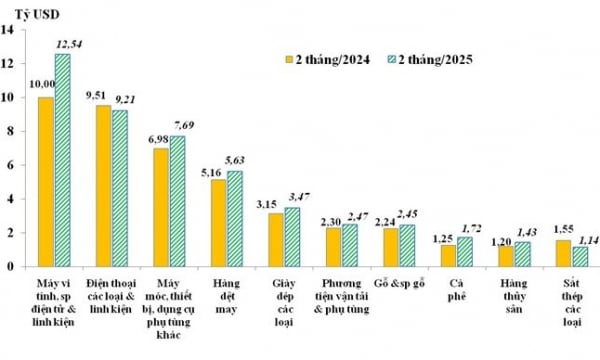








Comment (0)